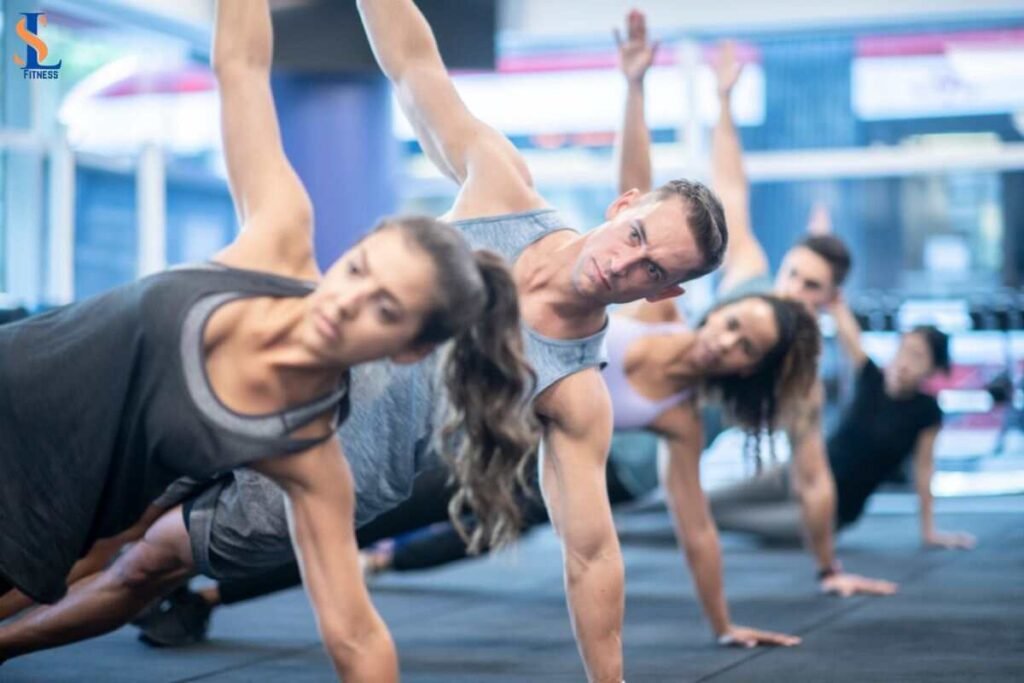There are two types of exercise: aerobic exercise (aerobics), which burns fat, and anaerobic exercise (anaerobic), which increases muscle strength and makes it easier to burn fat. The main methods of dieting are exercise and diet (dietary restrictions), but dieting with only one of them is not an efficient diet. Many people emphasize dietary restrictions when dieting, but it is preferable to combine dietary restrictions and exercise. This article provides detailed information on the types, duration, and intensity of exercise to lose weight efficiently, for those who are starting to exercise for dieting.
The difference between aerobic exercise and anaerobic exercise is not whether you breathe during exercise, but whether oxygen is used as an energy source for exercise. Since a lot of oxygen is required to burn fat, if you want to burn fat in your diet, it is a good idea to focus on aerobic exercise.
Main Aerobic and Anaerobic Exercises
| Aerobic exercise | Anaerobic exercise |
|---|---|
| Walking, jogging, swimming, cycling , etc. | Sprinting, strength training (resistance exercise) , etc. |
Aerobic Exercise Also Becomes Anaerobic Exercise When The Intensity is High.
Although jogging is an aerobic exercise, if the intensity increases and your heart rate goes up, it becomes an anaerobic exercise. This is because your heart rate gets so high that the supply of oxygen is insufficient.
Also, the intensity at which aerobic exercise turns into anaerobic exercise varies from person to person. If a person who regularly trains and an untrained person jogs at the same pace, the trained person will be able to take in oxygen because of their high cardiopulmonary function, but the untrained person will become out of breath.
We will introduce the exercise intensity suitable for burning fat next, but if the exercise intensity is too high to take in oxygen, it will become an anaerobic exercise, so you must use caution to avoid pushing too much.
[Intensity] What Exercise Intensity Will Burn More Fat?
To burn more fat, it is important not to make the intensity too high so that aerobic exercise does not become anaerobic, but if the intensity is too low, the exercise time will need to be extended, which is not efficient. Therefore, when it comes to exercise intensity for dieting, it is best to focus on a medium intensity that feels “slightly tough. “

Judge The Intensity of Your Exercise By How Well You Breathe!
If you continue high-intensity exercise for a long time, you will run out of breath. On the other hand, the lower the intensity, the less it affects your breathing. There are several indicators for judging exercise intensity, such as heart rate and METs, but you can also judge exercise intensity by “how your breath bounces.”
| Intensity | How your breath bounces | Advantages/Disadvantages | |
|---|---|---|---|
| Low (light) | Easy exercise | I can barely breathe | Less energy consumed (longer exercise is needed to burn more calories) |
| Less strain on the body/high safety | |||
| Medium | Somewhat strenuous exercise | My breath bounces lightly. | Reduces the strain on the body and helps you burn energy more efficiently |
| High (Strong) | Strenuous exercise | Breathless (out of breath) | You can burn a lot of energy in a short amount of time, but it is difficult to continue exercising for a long time. |
| It puts a lot of strain on the body | |||
[Time] Is The Idea That “You Can’t Burn Fat Unless You Exercise For More Than 20 Minutes” Already Outdated?
It has been commonly said that ” fat does not burn until about 20 minutes have passed since you started exercising .” For this reason, many people have set 20 minutes as the minimum exercise time and try to exercise for longer periods.
However, in recent years, it has been found that there is no difference in the diet effect between exercising continuously for 20 minutes or more and exercising for the same amount of time in small chunks. In other words, you can get the same effect by exercising in several sessions, even if you do not exercise continuously for a long period. Even if you are too busy to find time to exercise, you can still get the diet effect by using your spare time to frequently incorporate short periods of exercise.
Exercising On An Empty Stomach Burns Fat More Easily!
It may seem like a good idea to exercise to lose weight while you’re hungry since fat burns more readily at that time. However, you should exercise with caution because it can put a lot of pressure on your body.
When you are hungry, avoid high-intensity exercise and try to do light exercise that is not too strenuous. Also, if your blood sugar level gets too low, you may feel sick, so it is a good idea to replenish your energy lightly before exercising. (Sweets are good for replenishing energy, but light snacks such as candy are best.)
Unsuitable Times For Exercise
- Your body has not yet woken up immediately after waking up. Avoid high-intensity exercise.
- After a meal: After a meal, more blood is needed for digestion. Therefore, if you exercise after a meal, not enough blood will reach your digestive organs. Try to wait about an hour after eating before exercising.
- Doing high-intensity exercise right before going to bed leads to poor-quality sleep. However, exercising up to about 3 hours before going to bed has a positive effect on sleep. It is also important to avoid exercising too late at night and to ensure you get enough sleep.
- During hot seasons, avoid exercising during the hottest hours of the day. Also, when exercising in summer, it is important to take measures against heatstroke.
Also read: https://techdigitaltrend.com/paper-wallets-how-to-keep-your-cryptocurrency/
